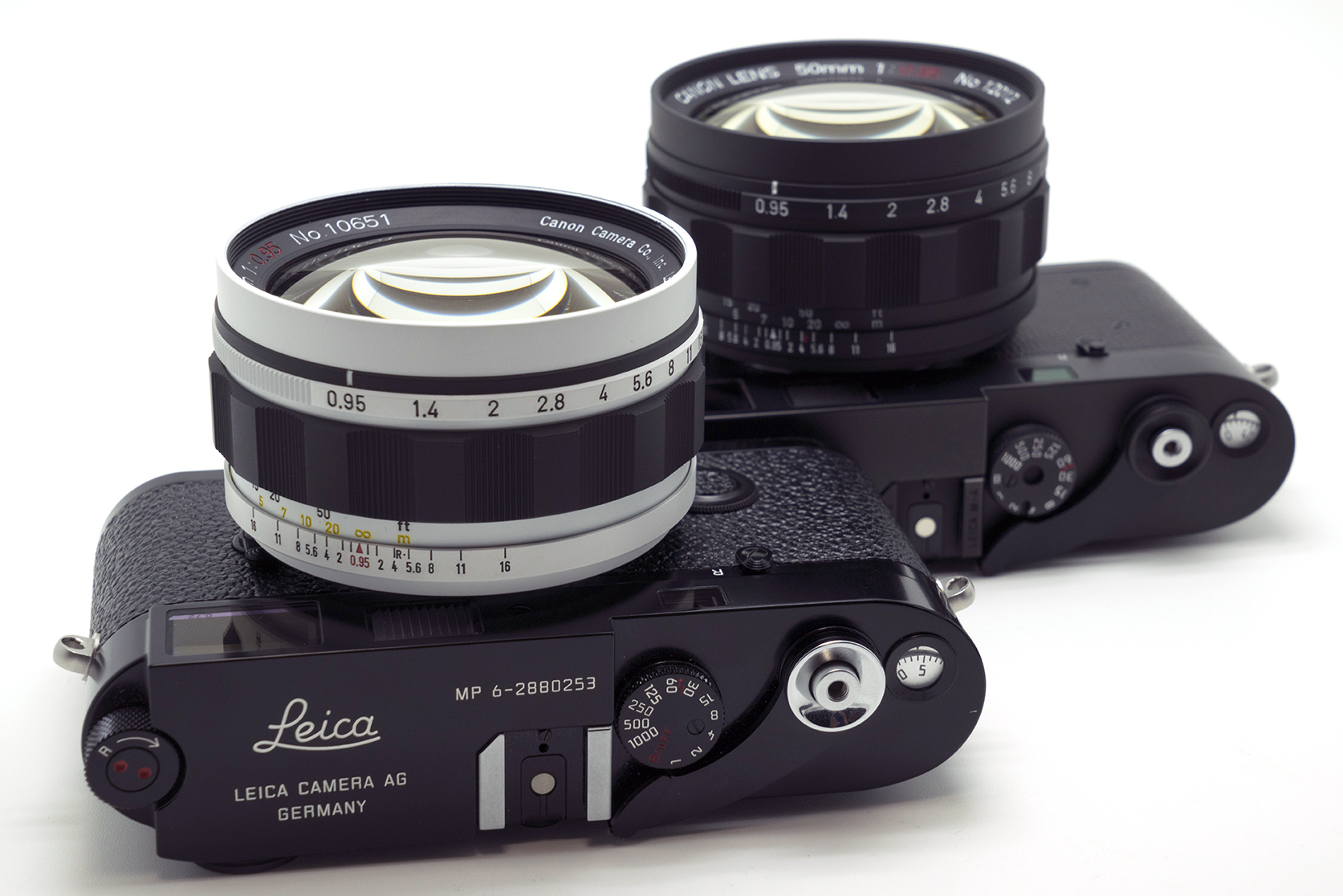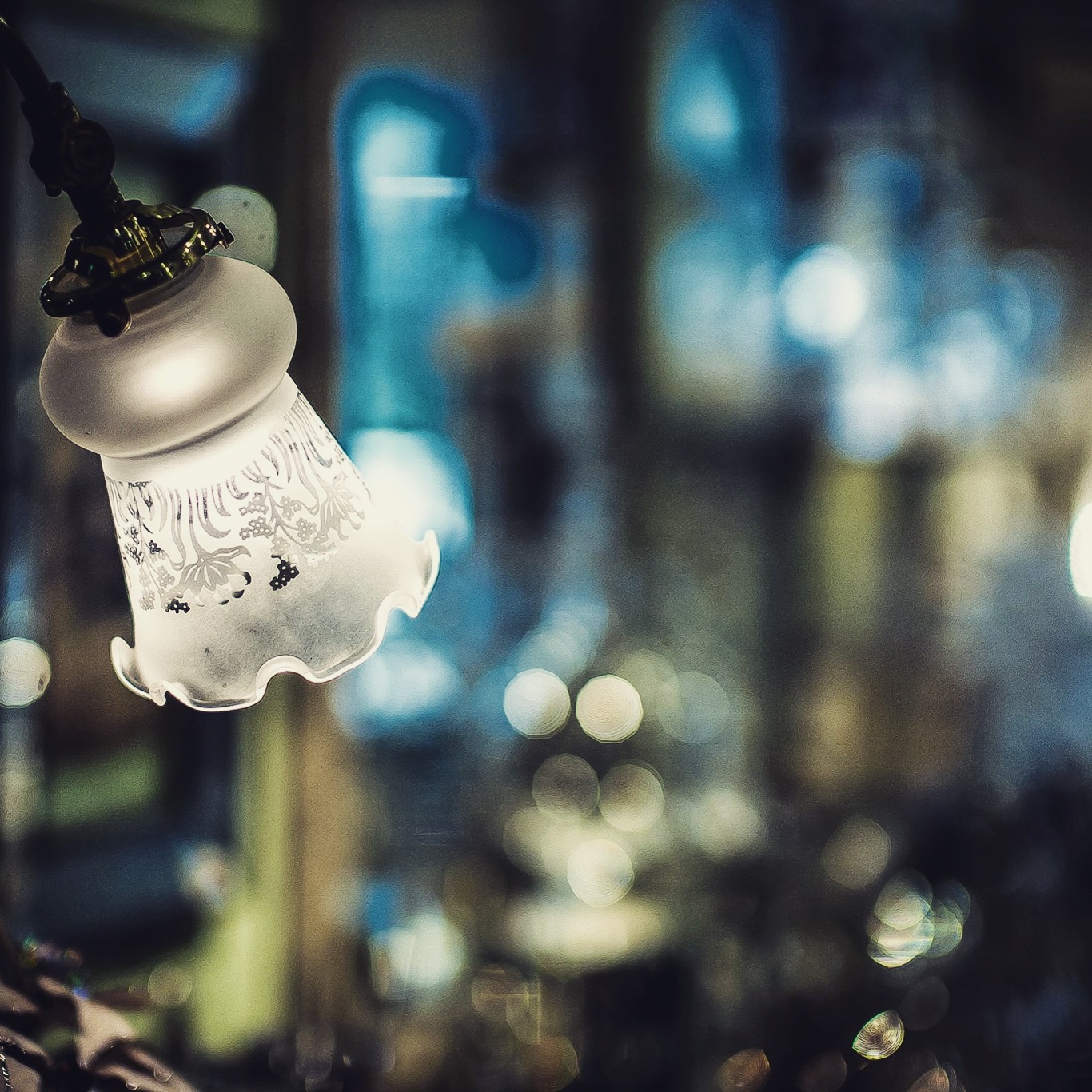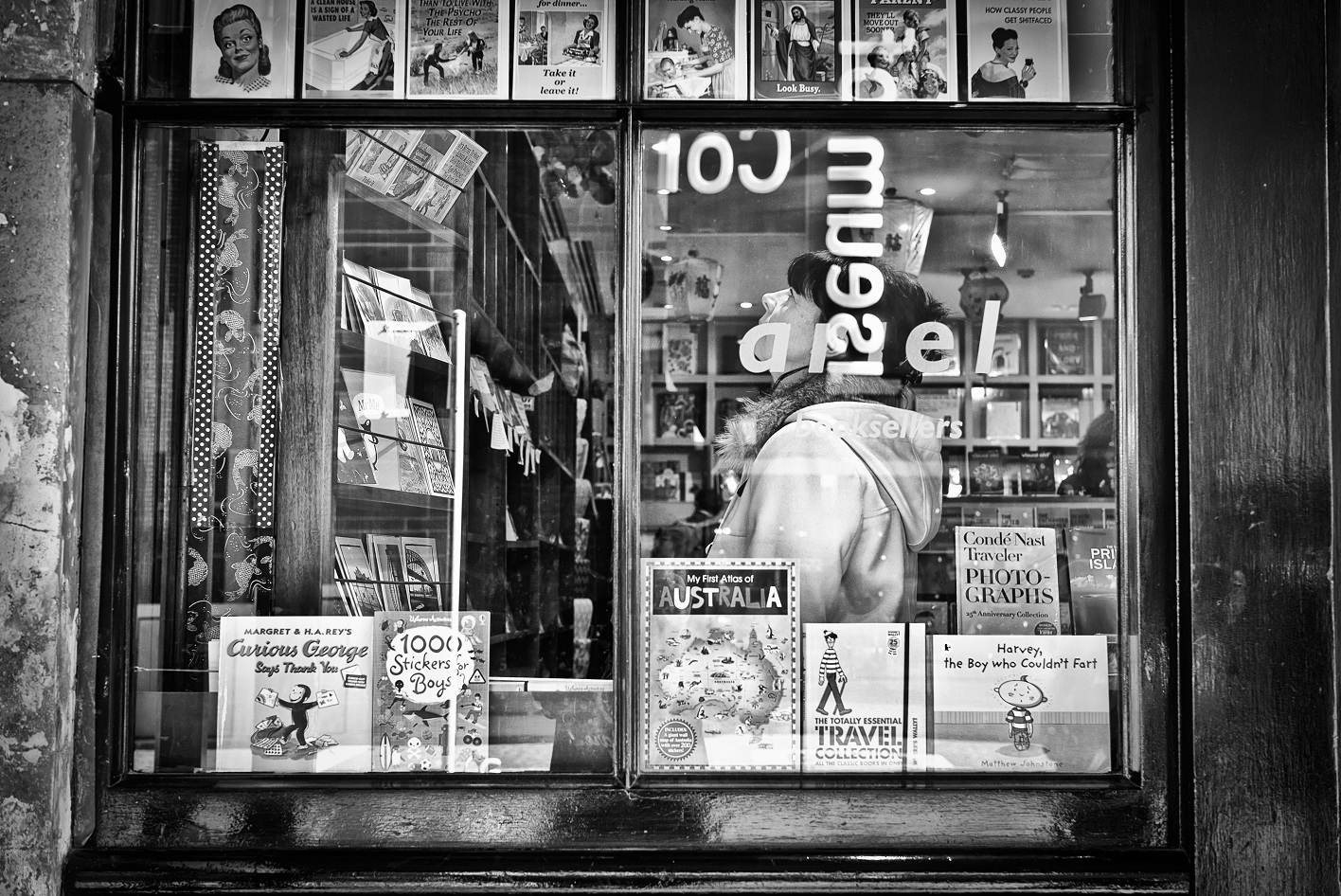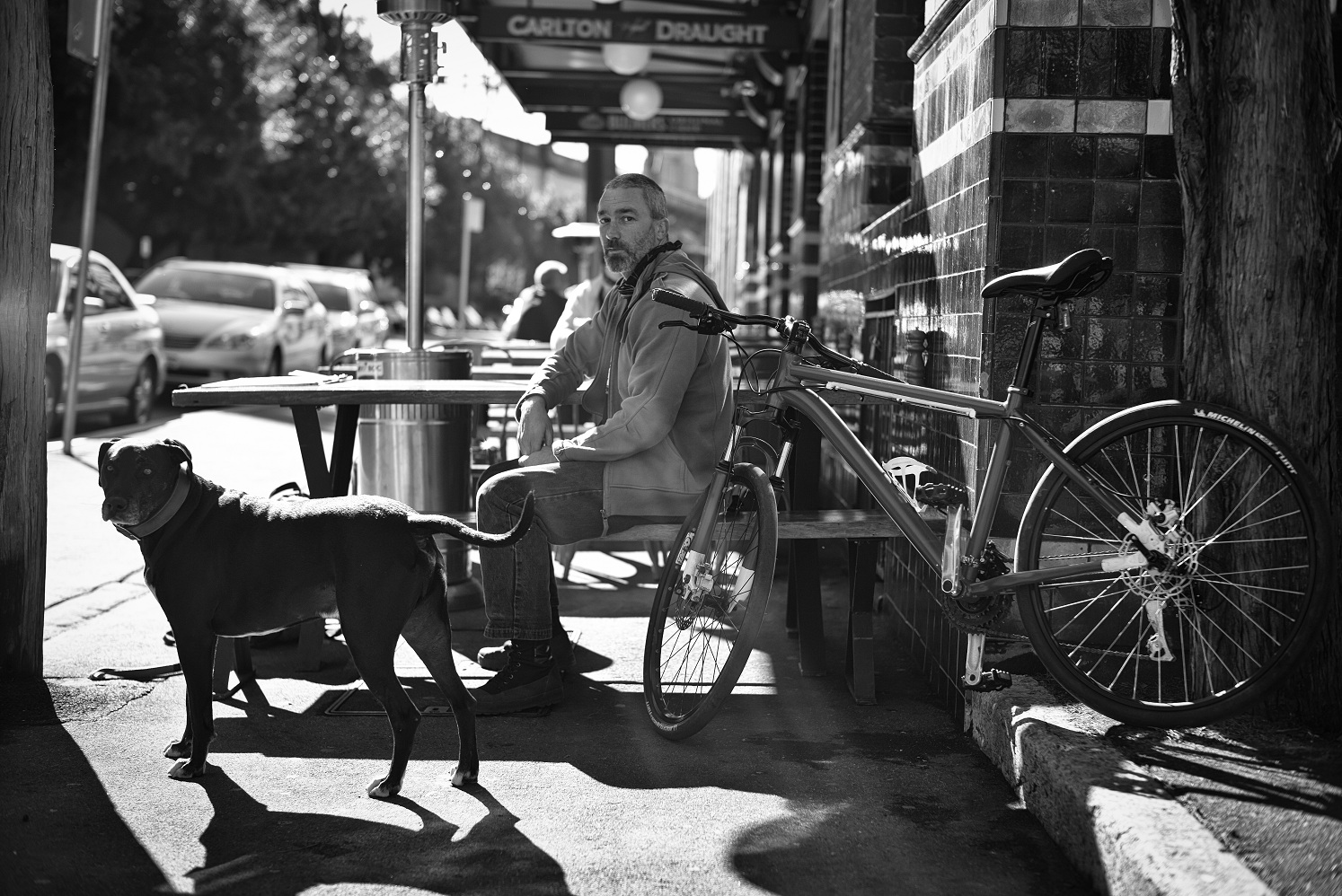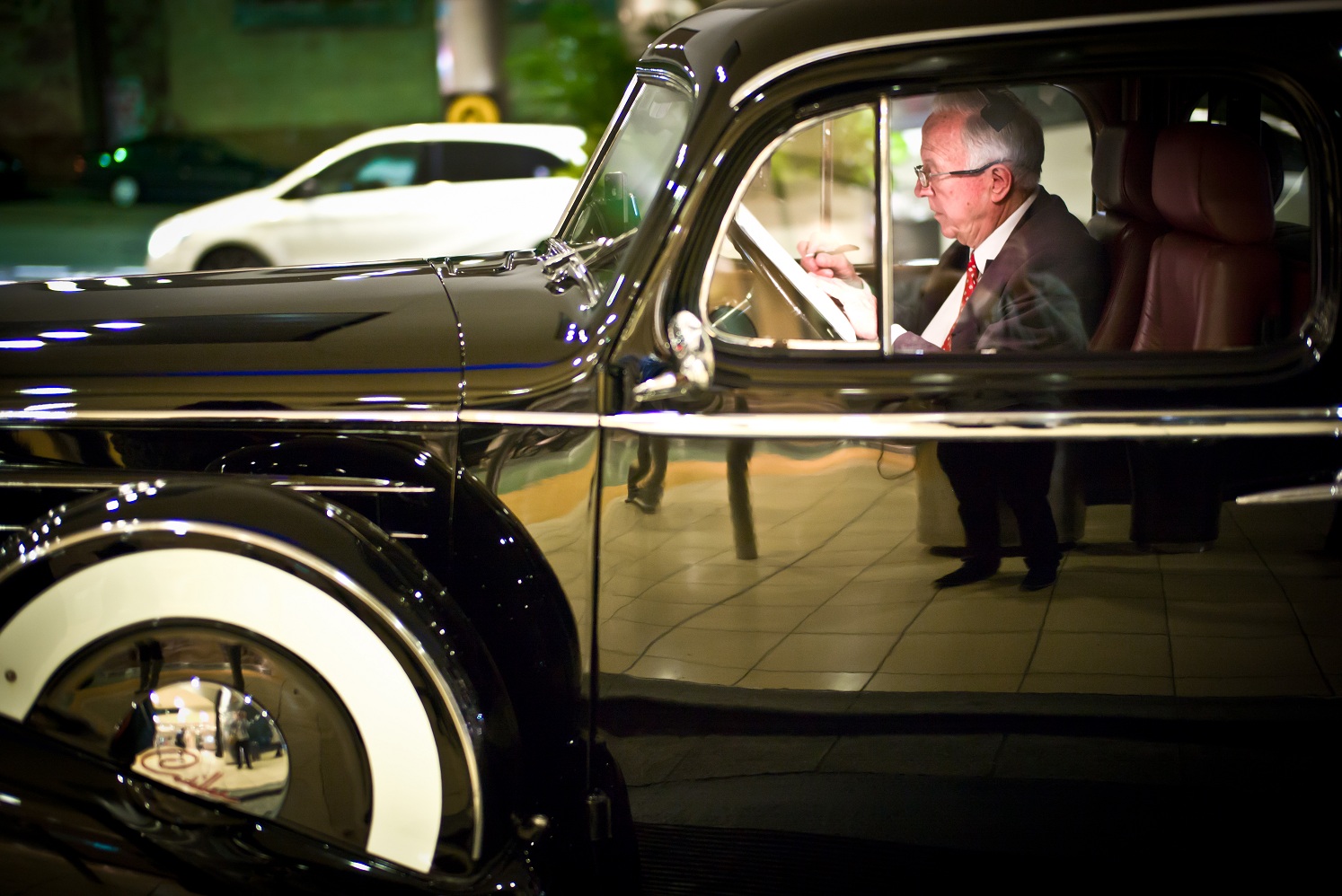Japancamerahunter
I have done a review on the more accessible and affordable Canon 50mm F1.2 LTM lens. The Canon 50mm F0.95 also known as the “Dream Lens” was designed to replace the Canon 50mm F1.2 to become the fastest lens and offers superior optics.
The Canon 50mm F0.95 lens was made back in 1960s and 1970s for the Canon 7/7s Rangefinder and it held the crown for the fastest production lens in the world at the time.
Rendering
The “Dream Lens” is famous for its out-of-focus rendering that offers smooth bokeh and extremely shallow depth of field, which combines to produce the “Dreamy” effects.
Image Quality
The Lens offers great sharpness that is not clinical. It produces “magical” soft glow with smooth out-of-focus areas and extremely shallow depth of field at its maximum aperture of f0.95.
The lens has classic rendering with natural colours and great contrasts. It is excellent for portraits with its glowing effect and becomes very sharp when stepping down the aperture like every other Leica lenses.
This lens has minimum flare and chromatic aberration but it does have some vignetting.
Build Quality
The lens is very solidly built with full metal construction. The weight of the lens is towards the heavy side with similar weight to the Leica 50mm F0.95 Noctilux. However, the lens feels more compact in the hands due to the build construction consists of shorter length and larger diameter.
The focus ring feels very smooth when turning and the aperture ring clicks in place very nicely. It is a well-made lens overall.
Lens Specifications
Construction: 7 Elements / 5 Groups
Diaphragm: 10 Blades
Maximum / Minimum Aperture: F0.95 - F16
Closet Focusing Distance: 1m
Filter Size: 72mm
Weight: 605g
Production Versions
- Standard Canon 50mm F0.95 Lens: Approximately 20000 units were produced. However, significantly less number of units remained today.
- Cinematic Canon 50mm F0.95 “TV” Lens: Around 7000 units of “TV” version were made hence making this the even rarer lens. This version offers a different coating to create slightly cinematic renderings.
Lens Conversion
The Lens was originally designed for the Canon Rangefinders. However, if you find a clean copy of the lens without any optical issues then it is worthwhile to convert into M mount.
It is recommended this conversion process to be done through an experienced and highly skilled technician. This way the converted lens is likely to offer perfect rangefinder coupling and enjoyable experience on Leica M cameras.
For Conversion and Customisation, Please read my article on Camera Customisation.
Conclusion
The Canon 50mm F0.95 “Dream Lens” offers great userability and extremely shallow depth of field. If you are looking for a lens that has unique rendering with “dreamy and glowing” bokeh effects and don’t mind the size or weight then this will be the perfect lens for you.
Leica Monochrome + Canon 50mm F0.95
Street Shot @F2
Leica Monochrome + Canon 50mm F0.95
Street Shot @F2
Leica Monochrome + Canon 50mm F0.95
Street Shot @F2

